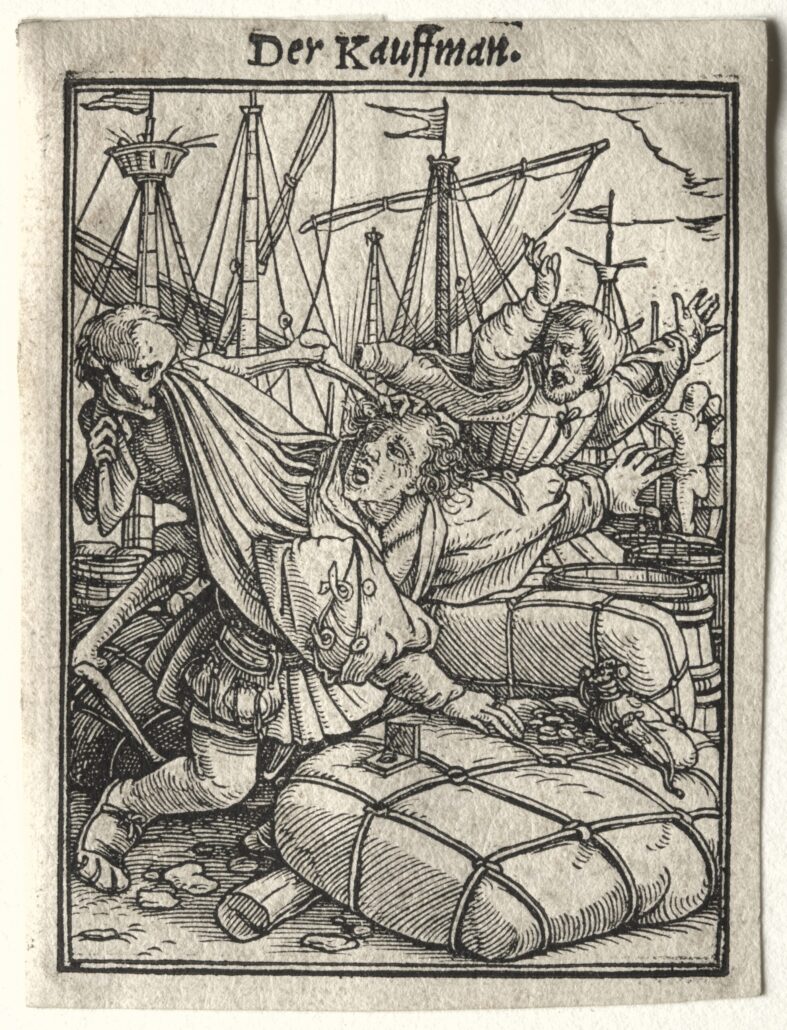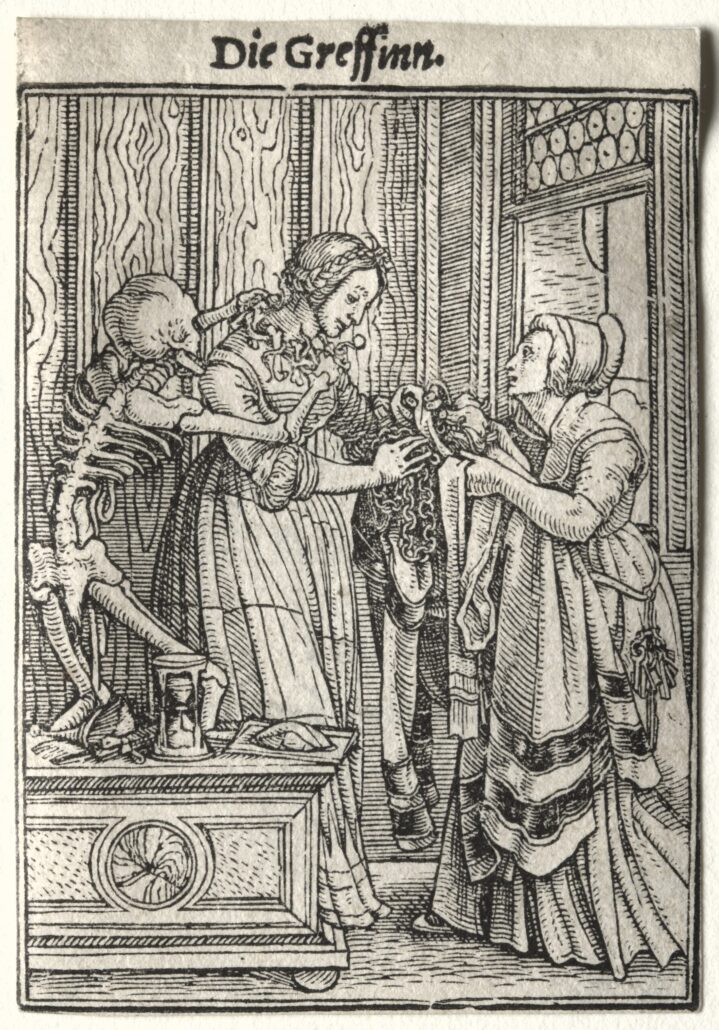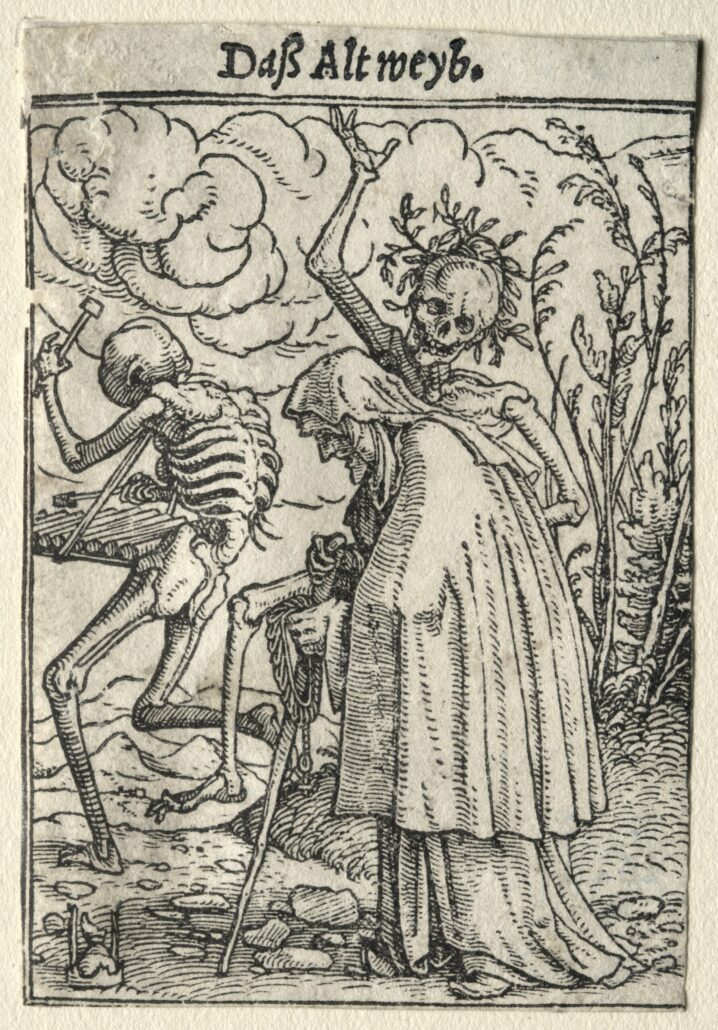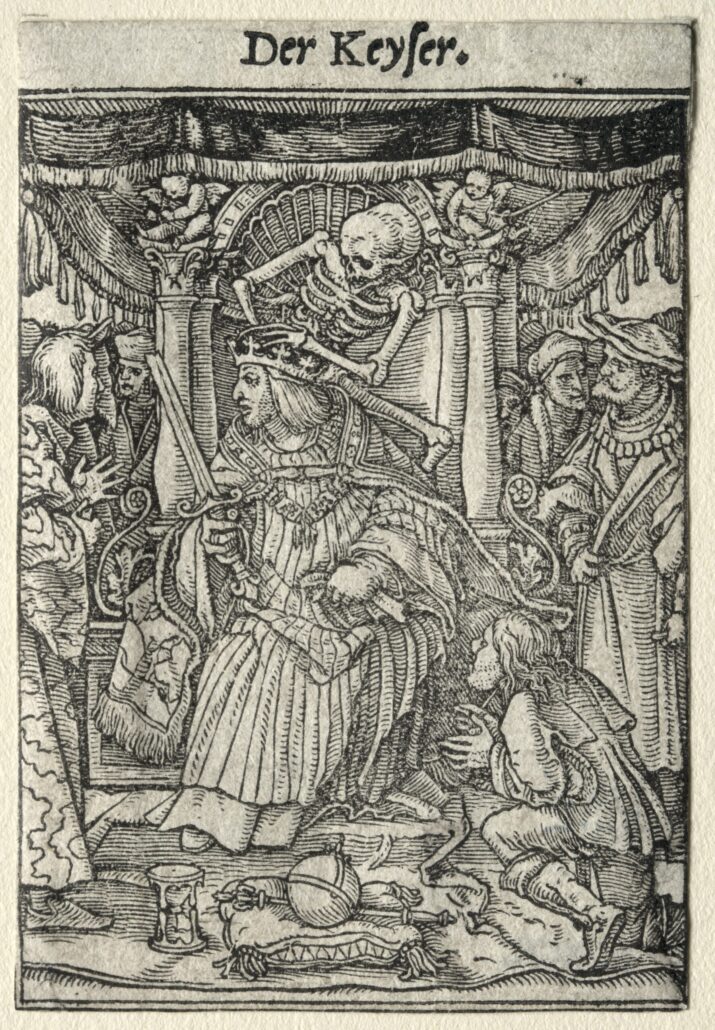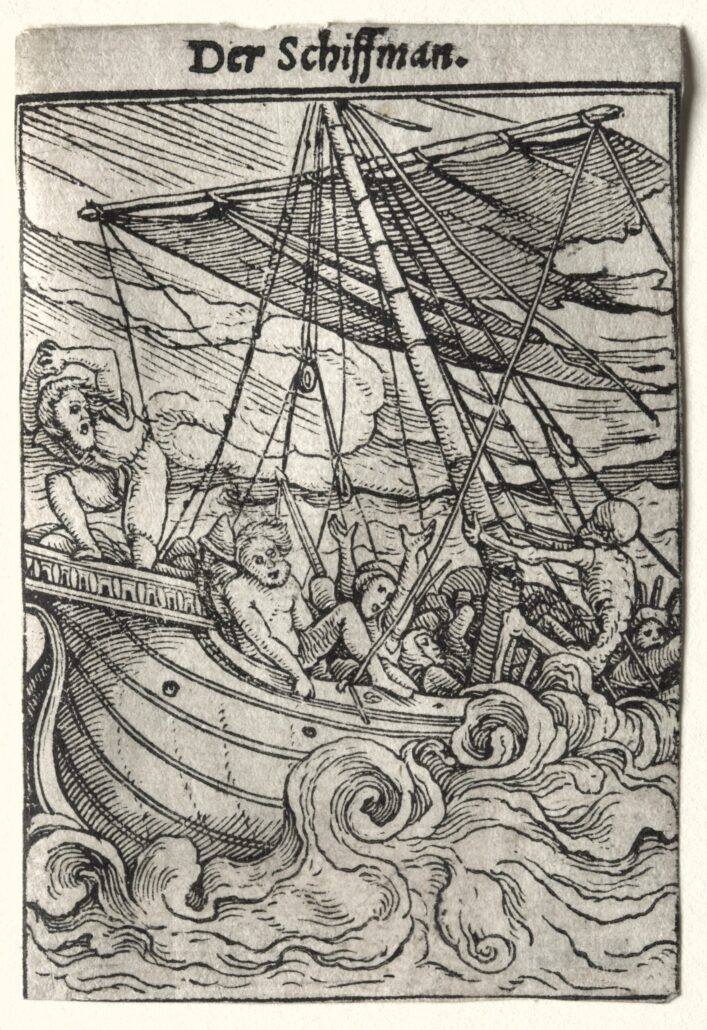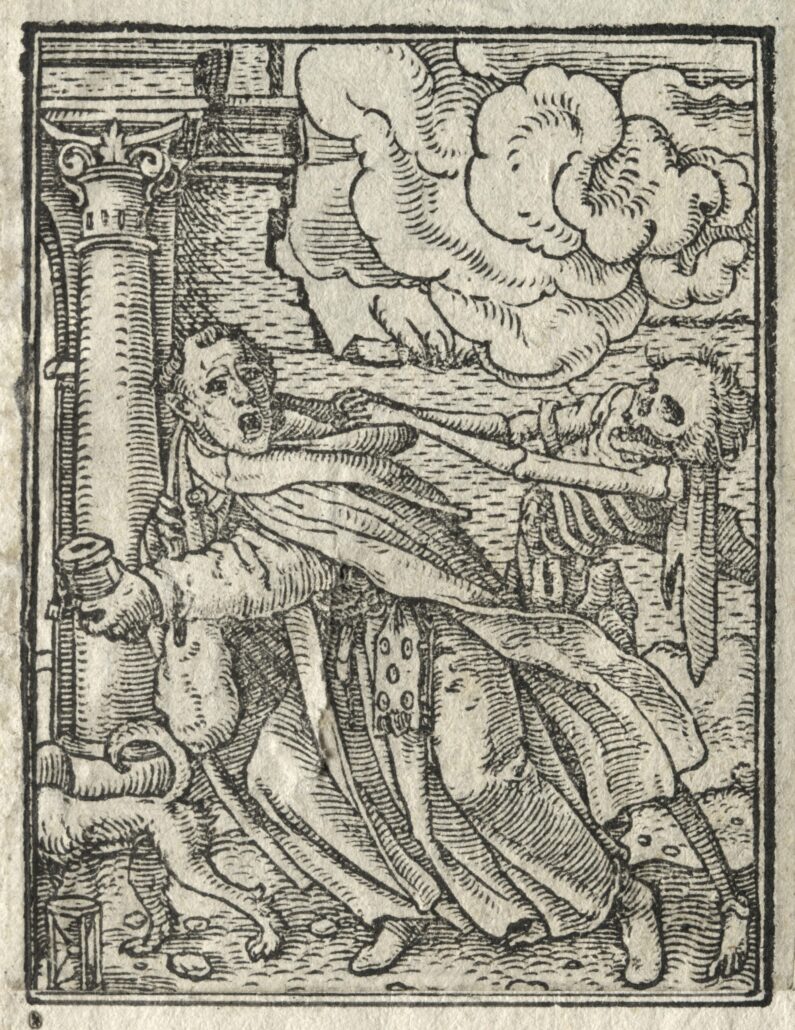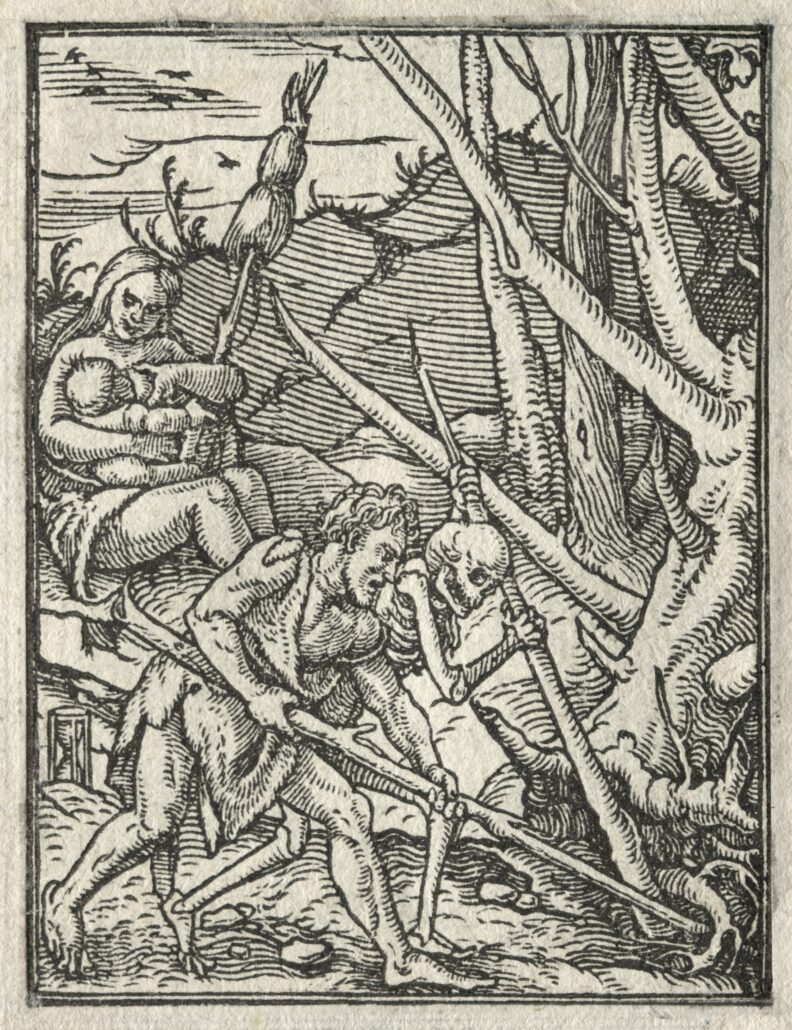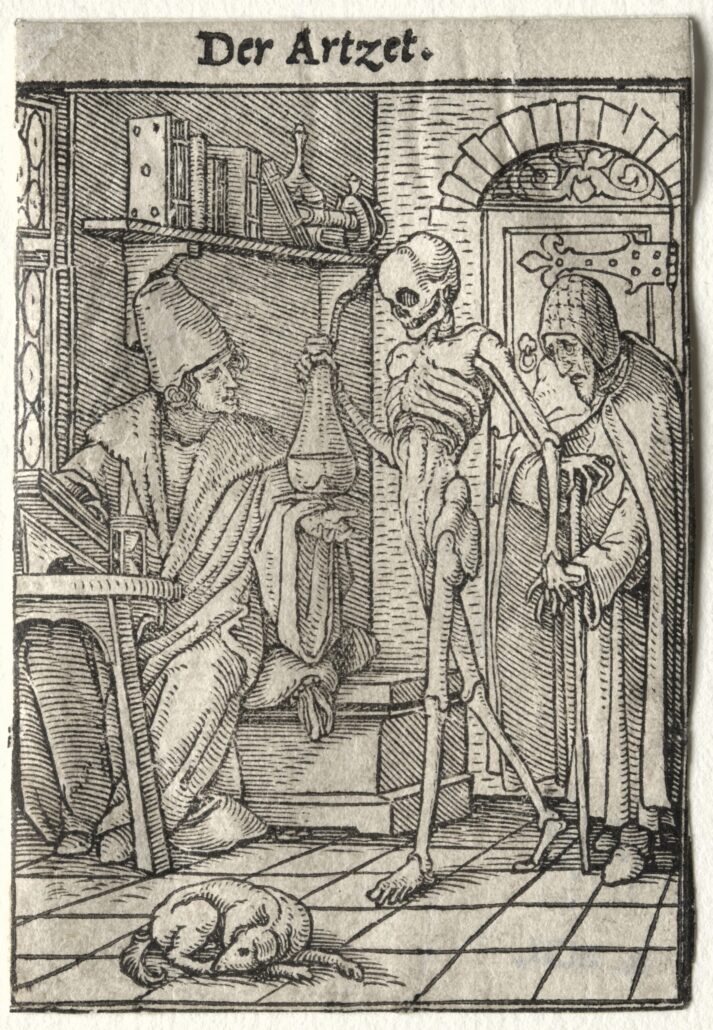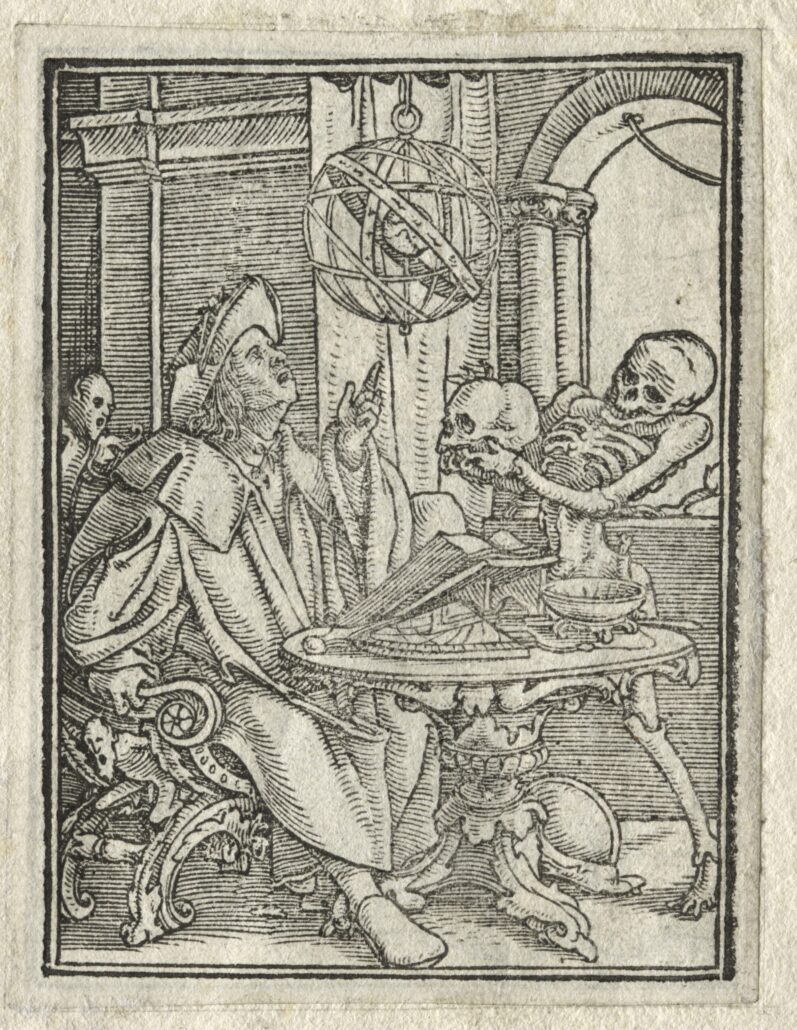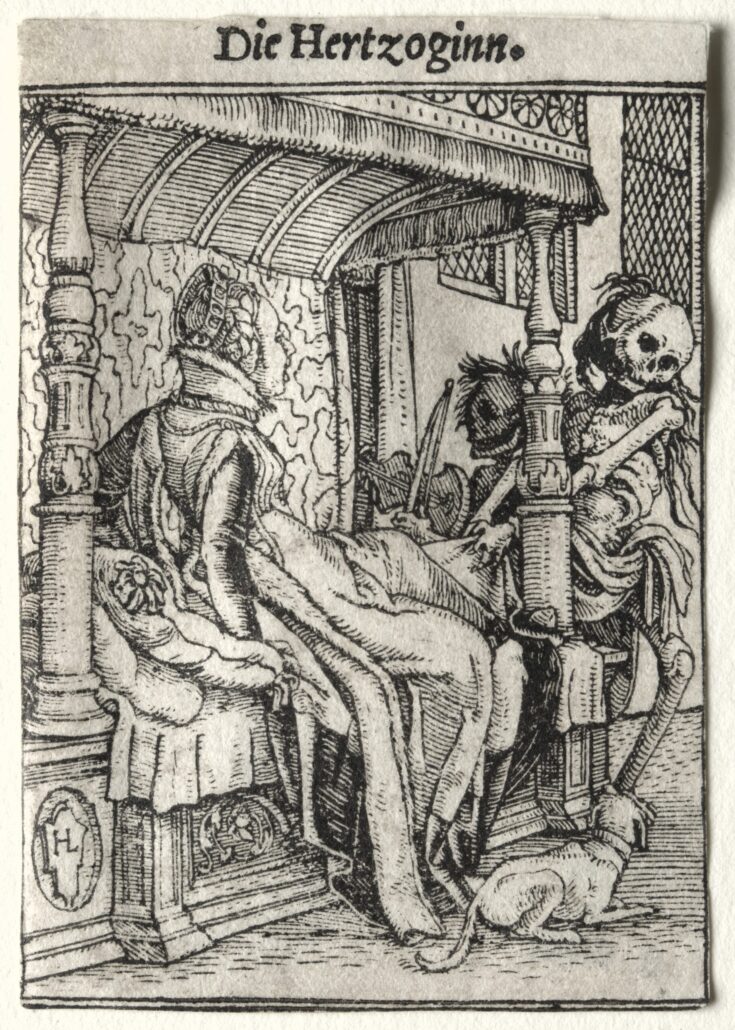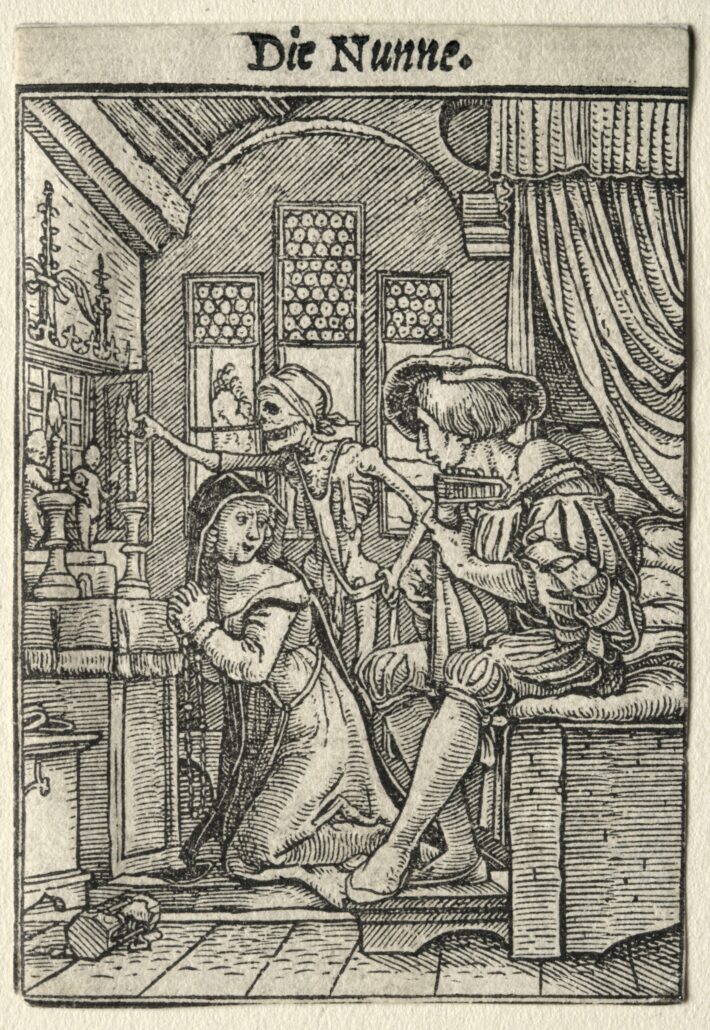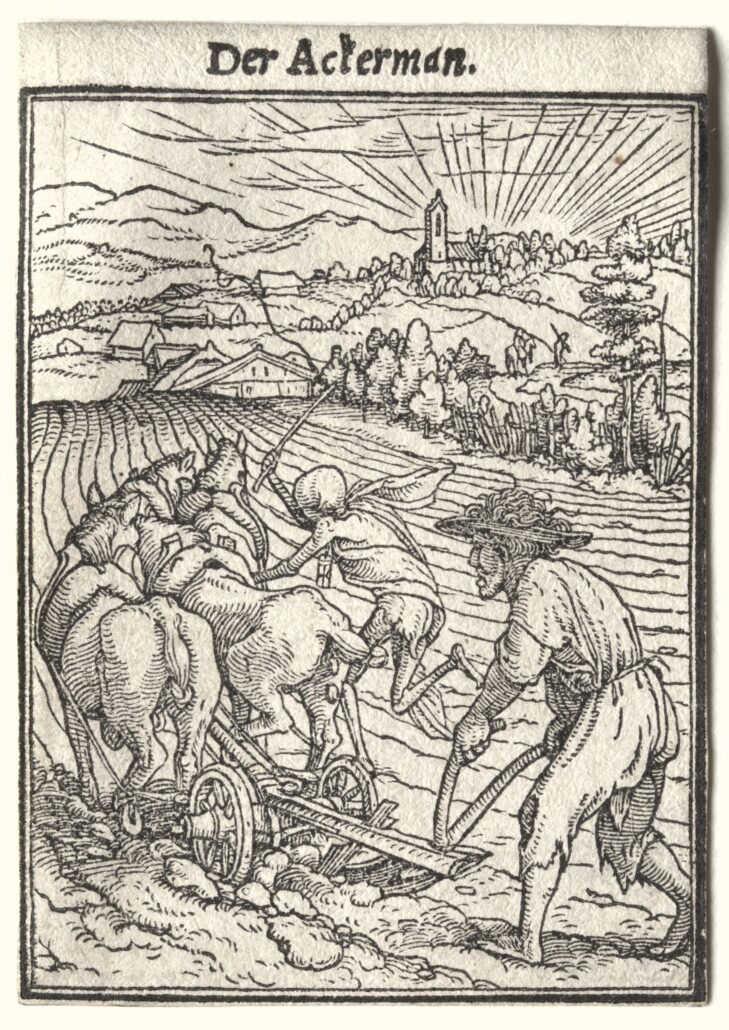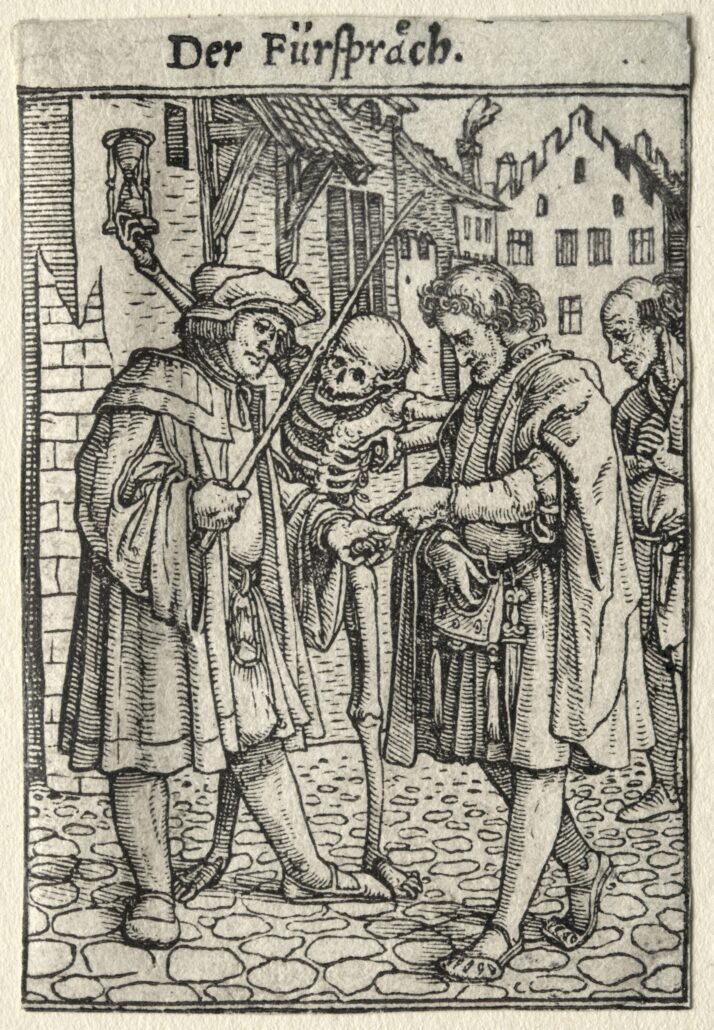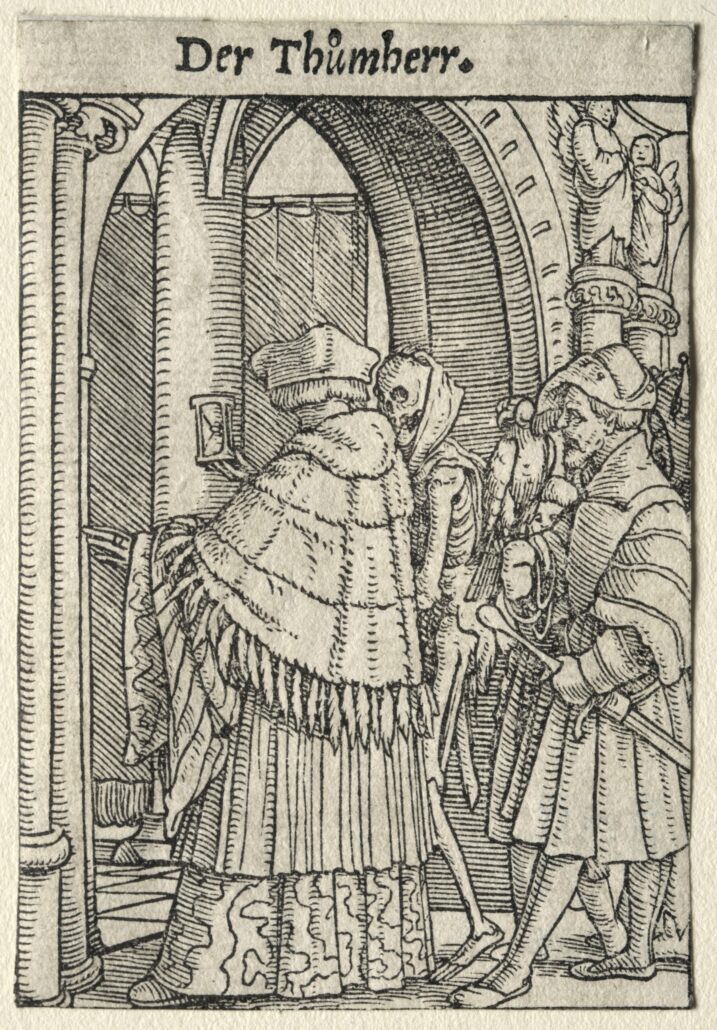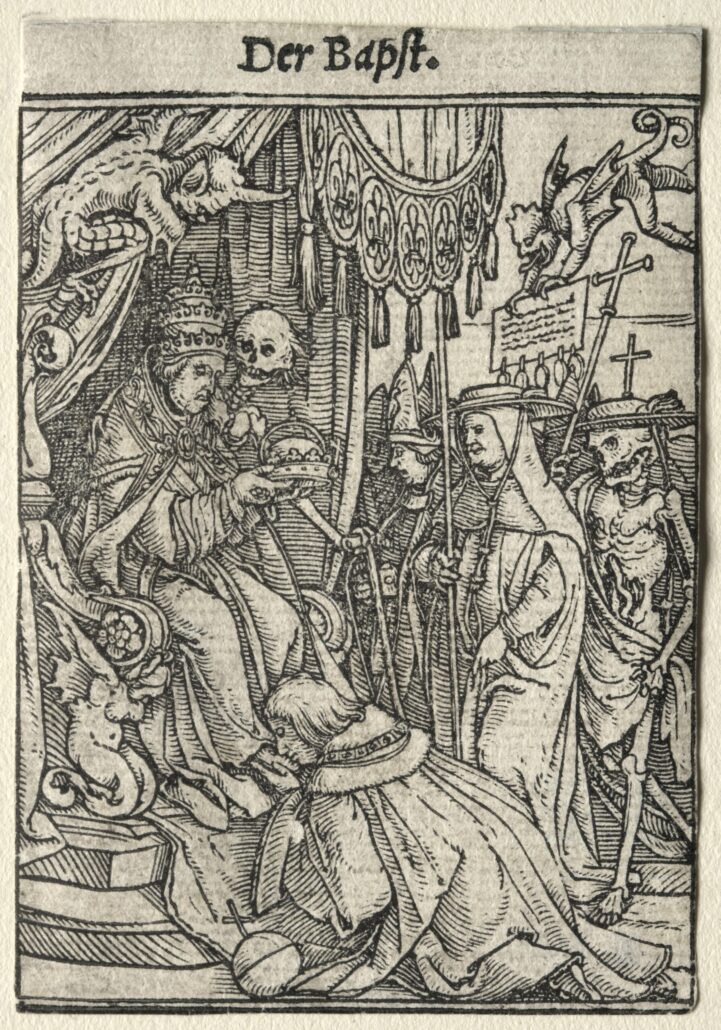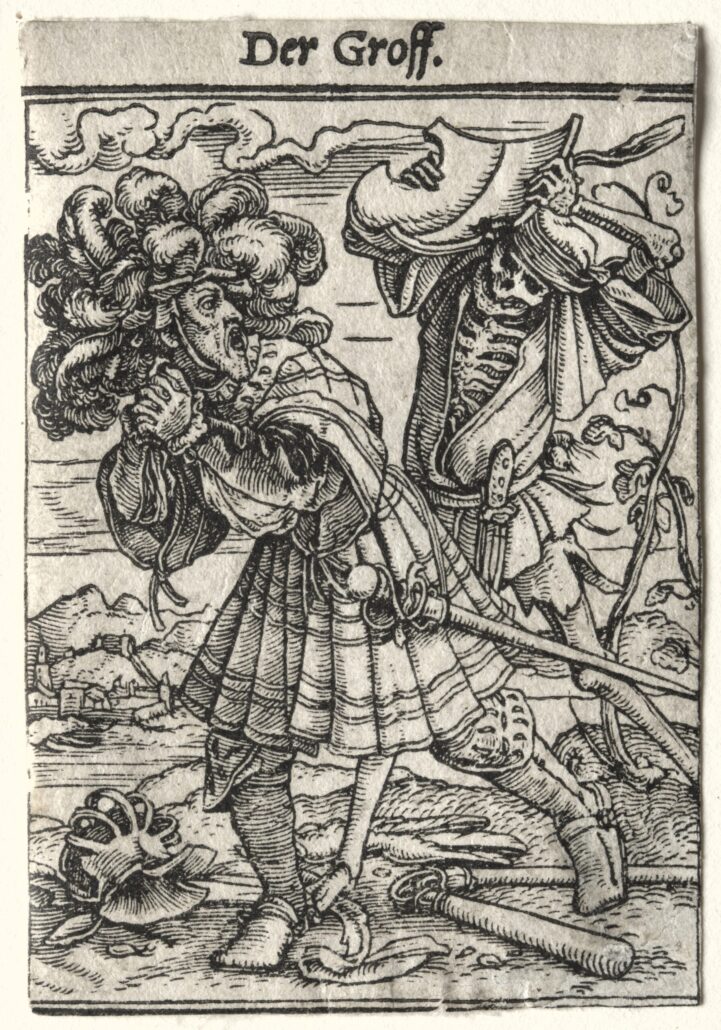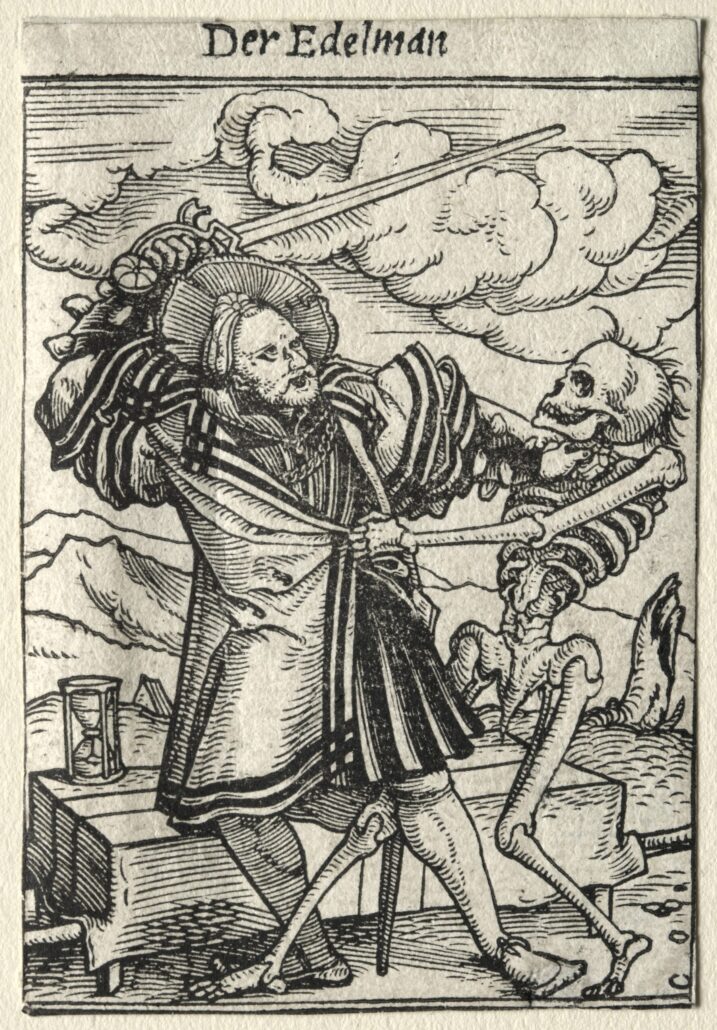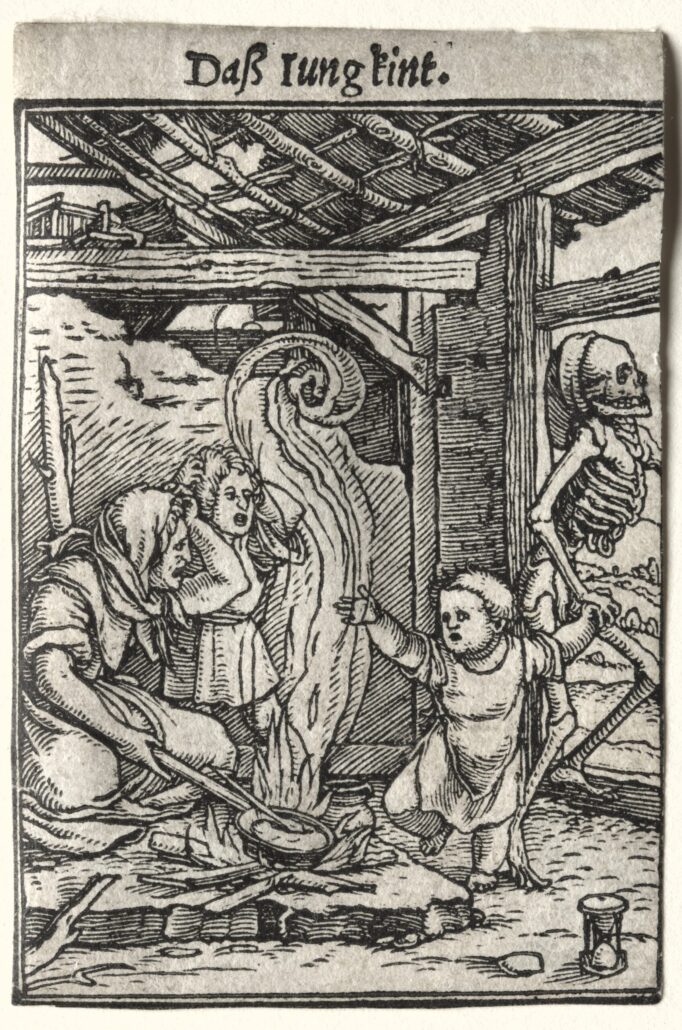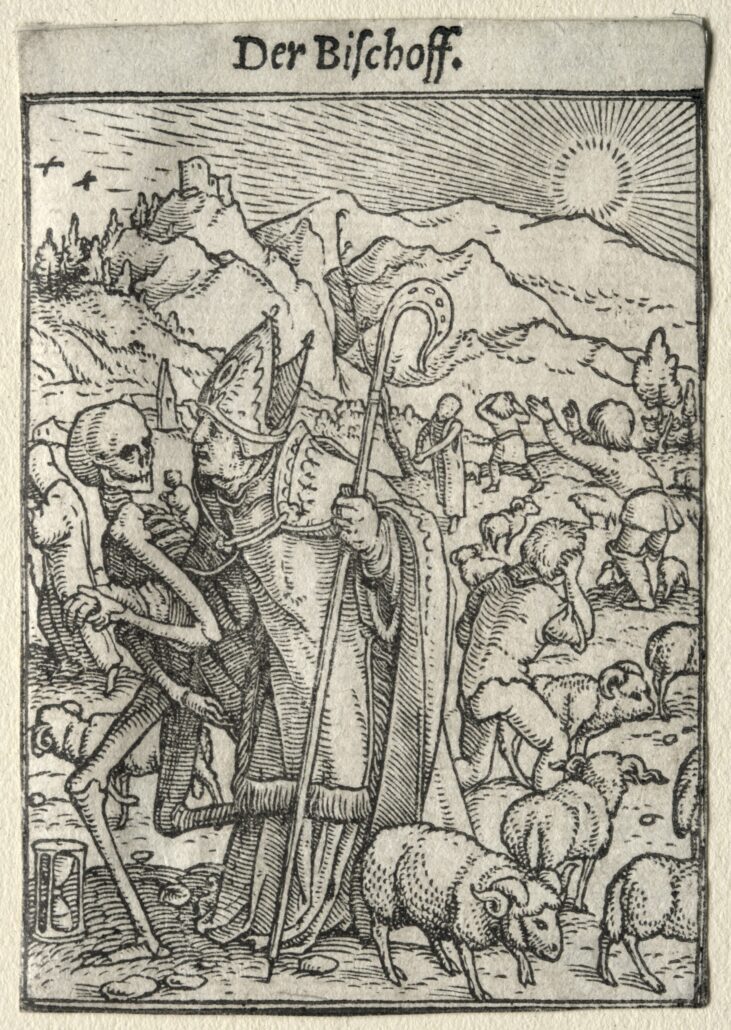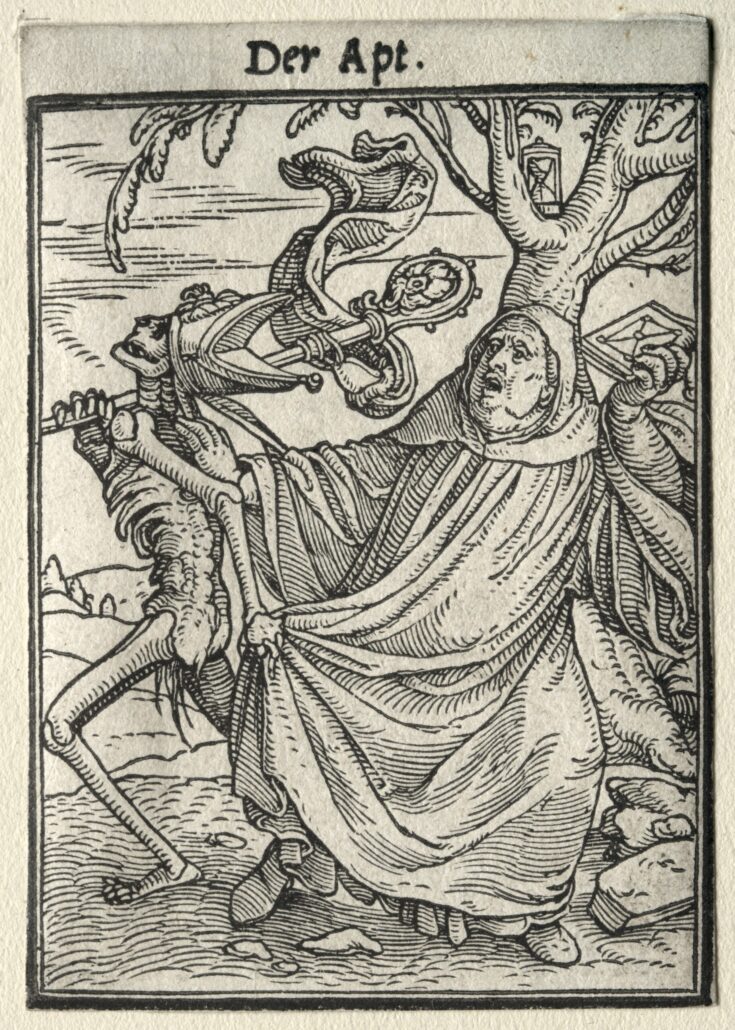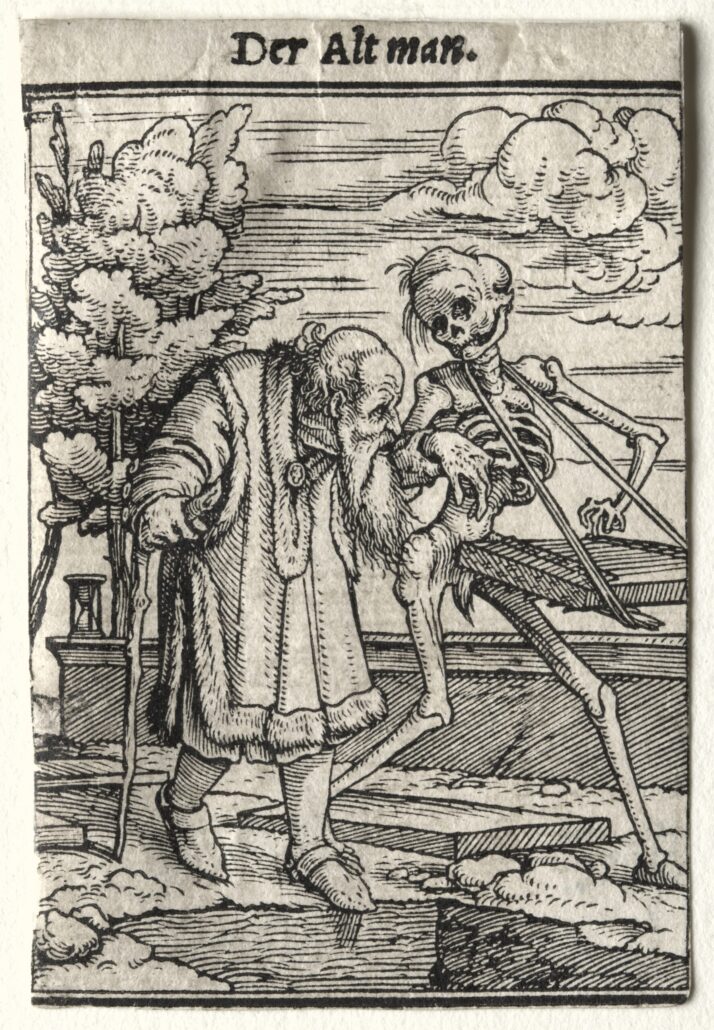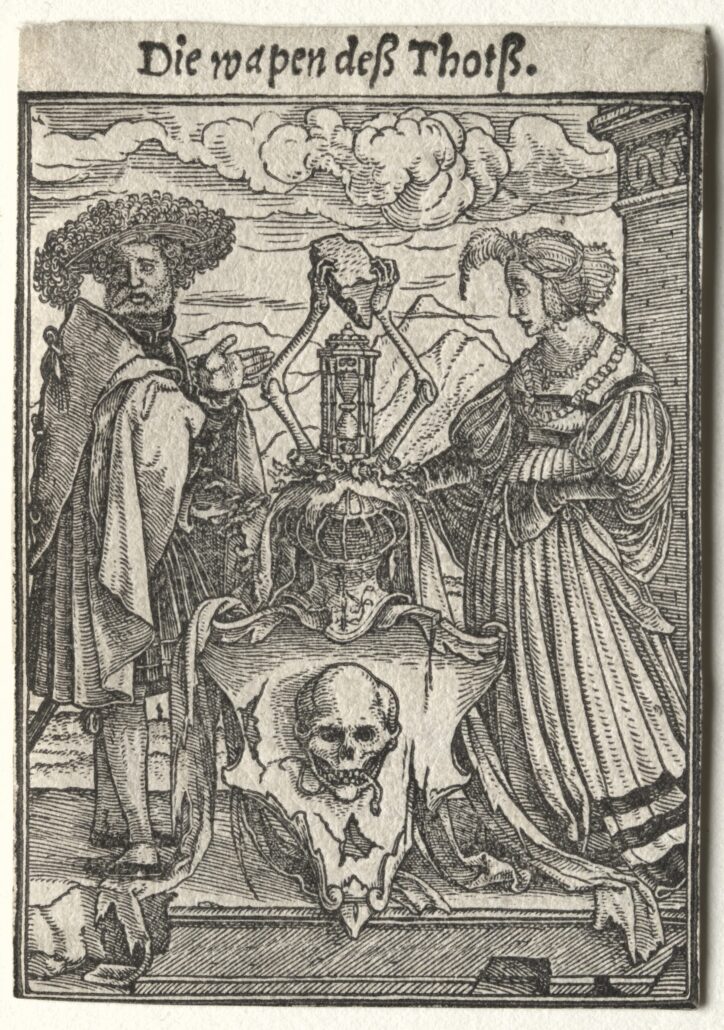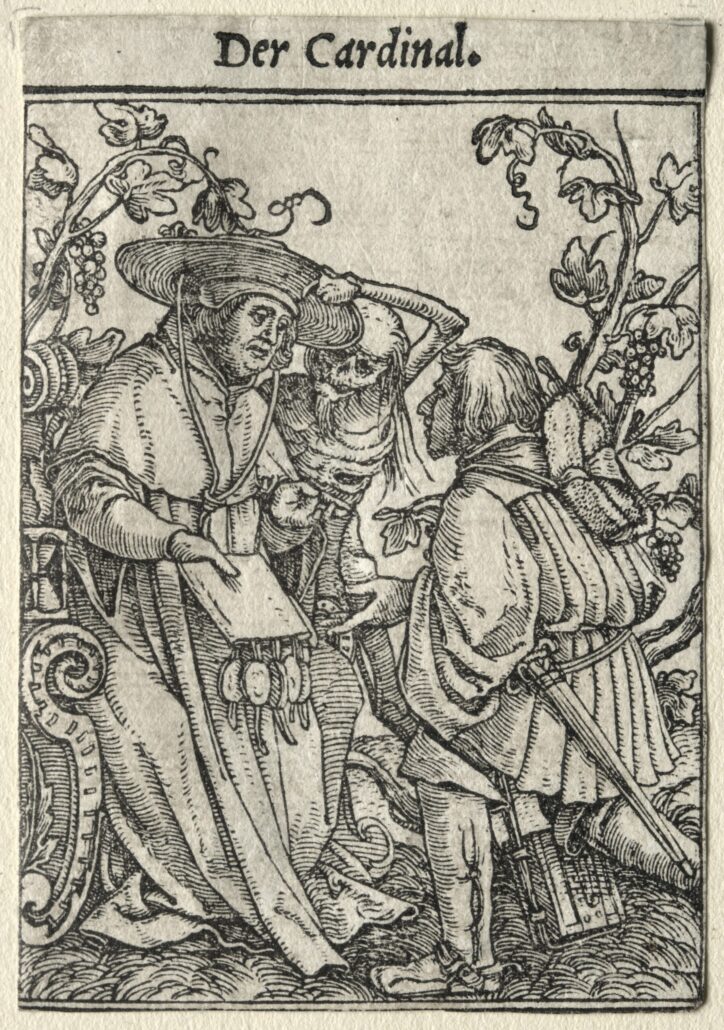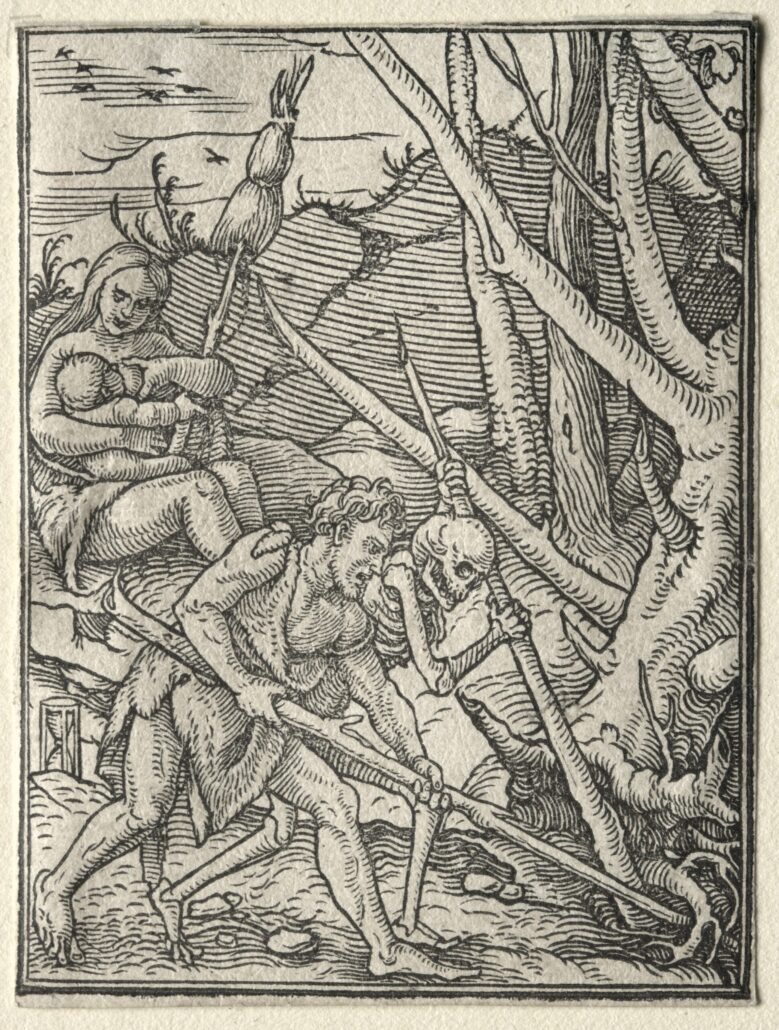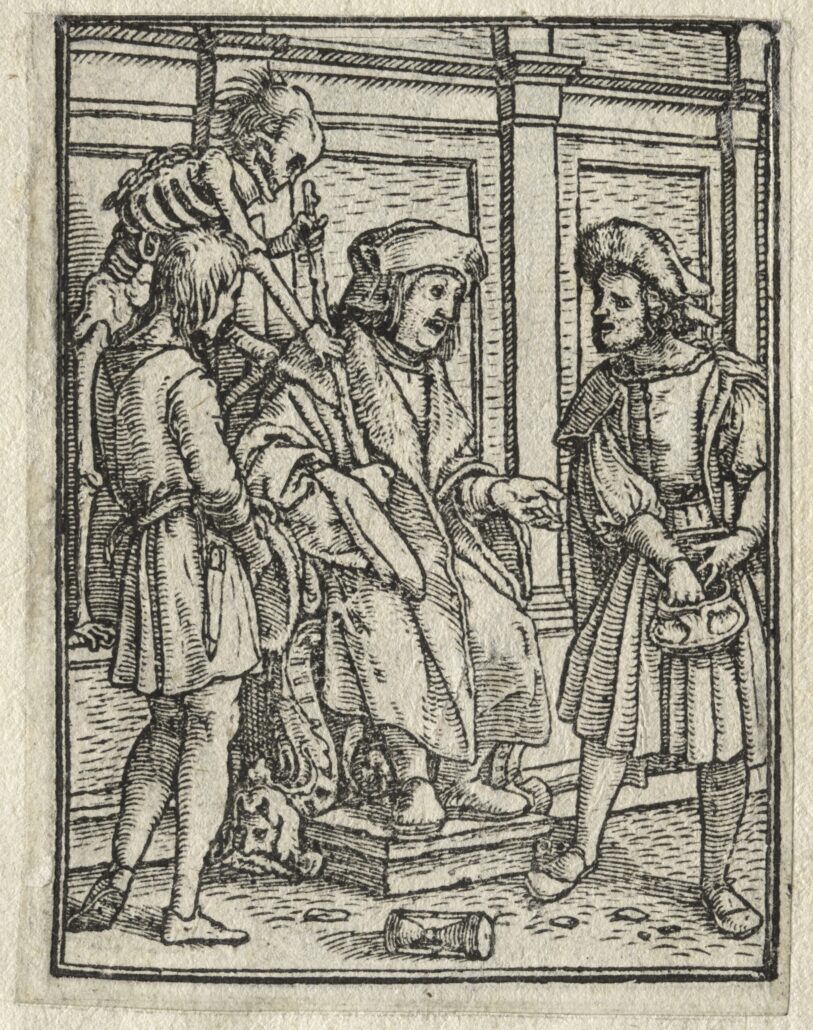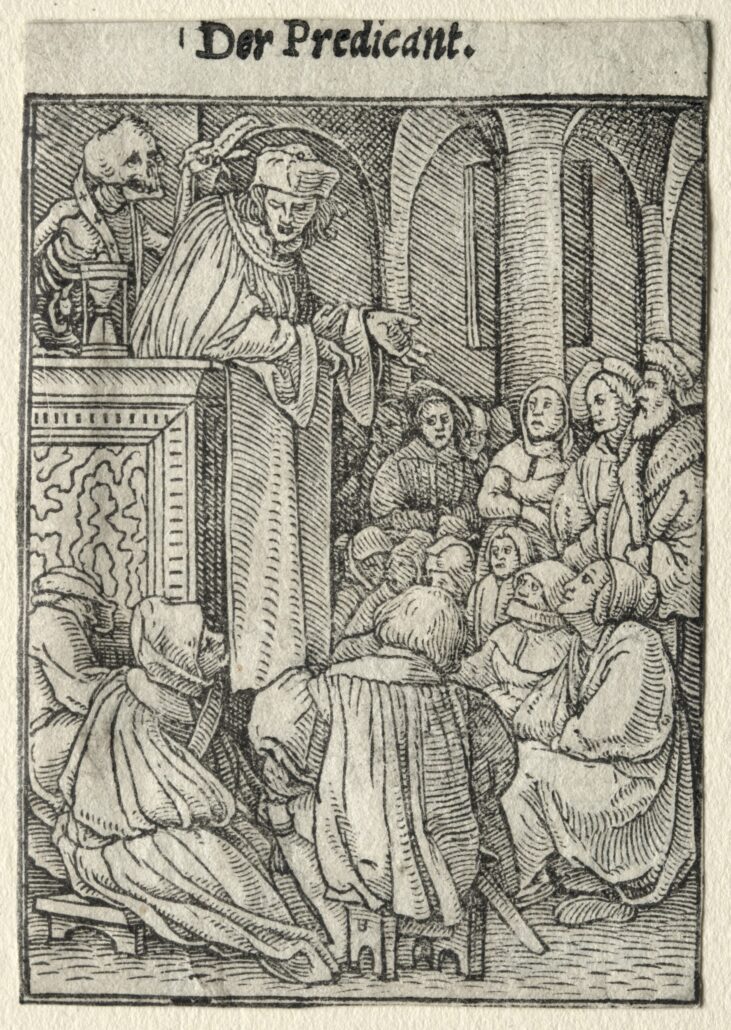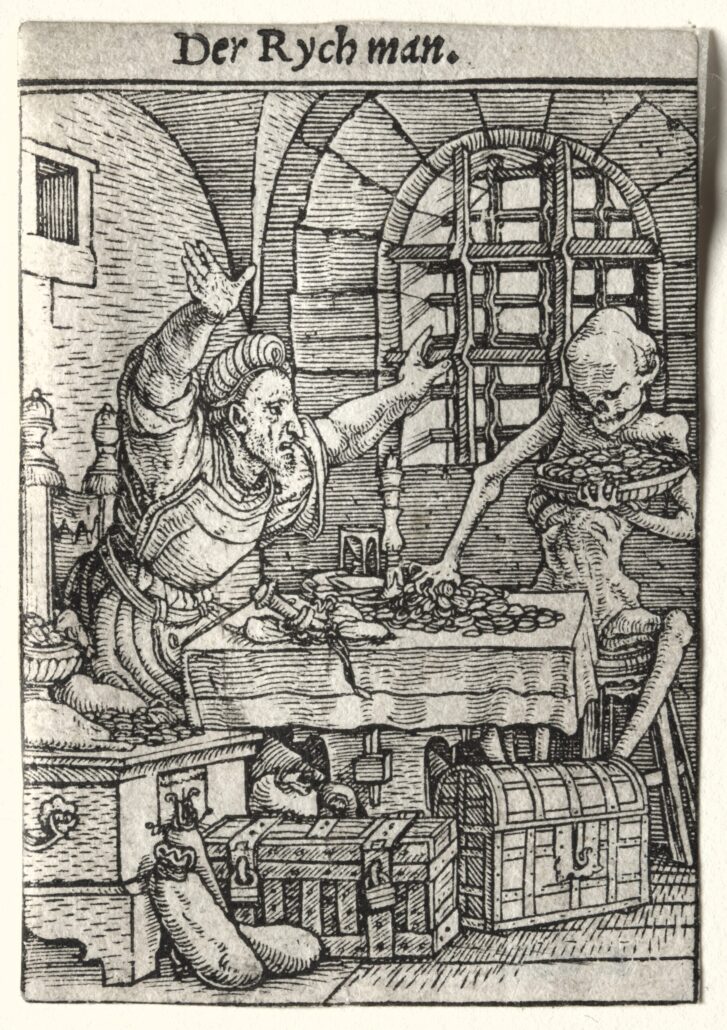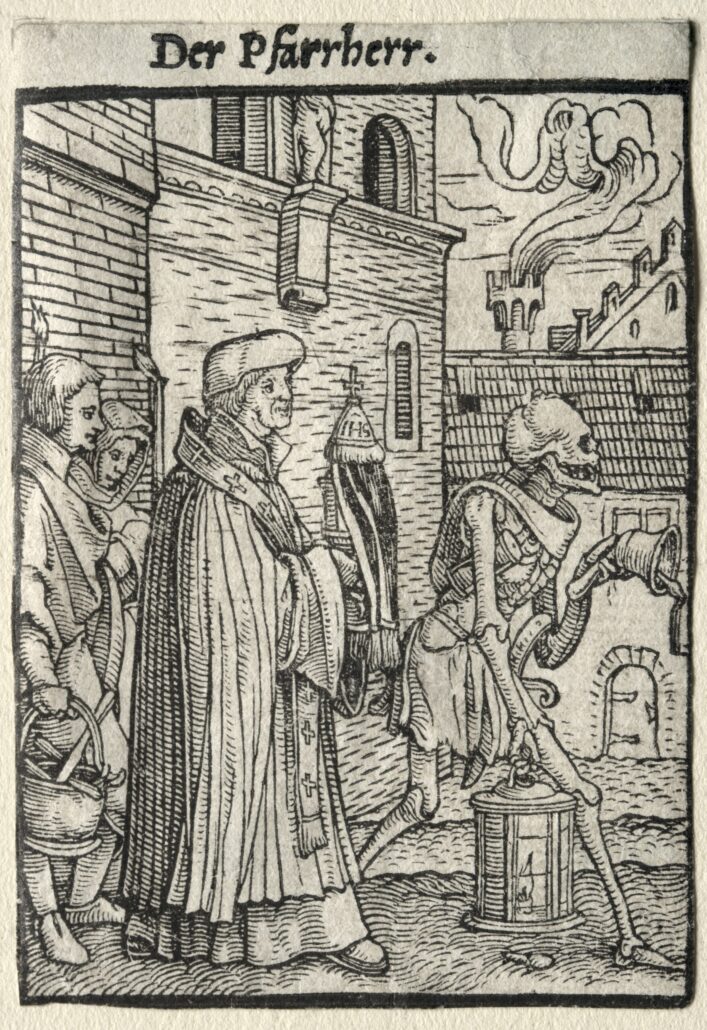History of the Plague in Scotland
“History of the Plague in Scotland,” authored by L.A. Barbe in 1919, offers a meticulous account of one of the most devastating events in Scottish history—the plague. This comprehensive study provides an unedited glimpse into the terror that gripped Scotland from the mid-fourteenth century onwards, profoundly shaping the social and economic landscape of the nation.
In the original print, replete with historical spellings and formats, Barbe chronicles the initial absence of the plague in Scotland, attributed to the region’s temperate habits and salubrious climate. However, the narrative darkens with the arrival of the Black Death in 1349, marking the beginning of recurring outbreaks that would haunt Scotland for centuries. Through detailed accounts from historical texts like those of Wyntoun and Fordun, Barbe vividly describes the societal impacts, noting how the pestilence spared neither peasant nor nobility and detailing the extreme measures communities took to combat its spread.
This work not only charts the chronological spread of the plague but also delves into the cultural and psychological impacts on the Scottish people. From the terror and isolation induced by the epidemic to the stringent, often draconian measures enacted to control it, Barbe’s narrative captures the fear and desperation that pervaded Scotland during these bleak times.
Accompanied by illustrations from Hans Holbein’s “Dance of Death,” it serves as a stark reminder of the plague’s cultural resonance and its role in shaping medieval and early modern Scottish history. “History of the Plague in Scotland” stands as a critical resource for understanding how a nation grappled with repeated waves of an unfathomable menace, offering lessons on resilience and the human spirit’s capacity to endure in the face of widespread mortality.
“History of the Plague in Scotland” by L.A. Barbe, 1919
(This has not been edited from its original print, including spelling and format).
Up to the middle of the fourteenth century, Scotland, owing, it may be assumed, to the temperate habits of the people as well as to the salubrity of its climate, was free from the plague, that awful scourge which, in other countries, had long been dreaded as one of the chief causes of the misery of the people. It is especially noted by the biographer of St. Columba, and repeated by Buchanan, that, in the seventh century, when terrible pestilence, “ such as was never recorded by any writer before”, afflicted all Europe and spread even through South Britain, the Scots and Picts, who inhabited the northern part of the island, were alone spared the direful visitation. Its first appearance is chronicled by Wyntoun, under date of 1349:
In Scotland the first Pestilence
Began, of so great violence
That it was said, of living men
The third part it destroyed then;
After that within ScotlandA year or more it was wedand (raging),
Before that time was never seen
pestilence in our land so keen;
Both men, and bairnies, and women,
It spared not for to kill them.
Some additional details are supplied by Fordun, who states that, “by God’s will this evil led to a strange and unwonted kind of death, insomuch that the flesh of the sick was somehow puffed out and swollen, and they dragged out their earthly life for barely two days. Now this everywhere attacked especially the meaner sort and common people; seldom the magnates. Men shrank from it so much that, through fear of contagion, sons, fleeing as from the face of leprosy, or from an adder, durst not go and see their parents in the throes of death.”
There can be no doubt that this terrible epidemic disease was the black death. It came from the East, whence its devastating progress can be traced until its appearance in Dorsetshire, in August, 1348. It soon spread through the whole kingdom. For a time its progress was arrested by the Scottish Border; and “the foul death of the English’’ is said to have been at the time a favourite oath with the Scots, who felt a malicious pleasure in the calamity that had overtaken their old enemies. It was they themselves who, by making a reckless raid into England, brought the black death into their own country, where the mortality which it spread is probably not over-estimated by Wyntoun. In 1362 there was a new outbreak of the “death sickness”. Fordun states that it raged exceedingty throughout the whole kingdom of Scotland, and that it was in all respects like the earlier visitation, both in the nature of the disease and in the number of those who died. Wyntoun contributes the further information that it began at Candlemas, and continued to the Yule or after; and that King David and the Bishop of St. Andrews, with their respective suites, retired, the one to Kinloss, in Moray, the other to Elgin, and remained in the purer air of the north land all the time that the “ Dede” was desolating the south.
Of the third visitation of the pestilence, that of 1380, Wyntoun gives no details in the two lines which he devotes to the mere mention of it; but its origin and duration are indicated by Buchanan. He states that William, the first Earl of Douglas, having raised an army of twenty thousand men, invaded England, and came suddenly on a fair days to a town called Penrith, which he entered, plundered, and burnt; that he then, without molestation, marched his army back again, laden with much spoil; but that he brought the pestilence home with him, “ which was greater than any that had ever been known before, for it raged all over Scotland for the space of two years”. Wyntoun, that sinister pre-eminence is claimed for the plague of 1401, of which he says that it was
“more fearful than memore
wass had of the three before.”
And the reason which he gives in justification is that, whereas the spread of the disease had hitherto been gradual, on this occasion “it would overtake all lands” at the same time. Thus, as he grimly expresses it,
“That pestilence gart many banes
In kirk-yardis be laid at ance”
When the pestilence next appeared it had assumed so wholly different a character that Bower calls it “ pestilentia volatilis”. The name seems to be fully justified by the few details that are to be gathered as to its progress. Having first broken out in Edinburgh in 1430, it continued its deadly work till, at least, the year 1432, when there is record of its having raged in Haddington. Its erratic nature may further be inferred from the fact that the Parliament, which was held in Perth in 1431, enacted that the collectors of the land-tax should present their accounts in that city on the second of February next to come, provided the pestilence were not there; but if it were there, at St. Andrews.
The early years of the sixteenth century were marked by an outbreak of the pestilence in Edinburgh and its neighbourhood. As evidence of that there is a quaint entry in the Accounts of the Lord High Treasurer, who, in 1503, disbursed ten shillings for “ translating” the lining of some of the King’s gowns, “for caus William Ferry, furrour, was suspect with pestilence”. In July of the following Year, when King James IV was on his way from Stirling to the capital, he gave three shillings “to the pur folkis of Linlithqw that wer put furth of the toun”; and ieght pence “to the seik folkis at Edinburgh”, Three months later, when the Queen was at Dunfermline, a plague-scare was the cause of her sending for eleven carts to transport her “gear”, and that of the Englishmen who were with her, to Lindores. But it appears to have been discovered that there was no real cause for alarm, and that the four pounds, eight shillings of expenses had been wasted, for “syne scho departit nocht”. In the same year, from the twentythird of August to St. Luke’s Day, that is, to the 18th of October, Curry, the King’s Jester, being “suspect of pestilence”, was, together with his man, kept “furth beside Stirling”. And that in his case, the suspicion was only too well founded, may be inferred not only from his long isolation of fifty-five days, but also from the fact that, on his discharge, both he and his man were provided with coats, shoes, and blankets, presumably to replace others that had been burnt, with a view to preventing infection.
That this visitation of the plague, though apparently not general, was exceedingly severe locally, is made apparent by a letter which Alexander Craufurd, the preceptor of St. Anthony’s, in Leith, wrote to the General of the Order. The plague, he says, has carried off all the brethren except himself and another; their lands in town are untenanted, their fields untilled, and they themselves deprived of the alms of the faithful; they are unable through poverty to attend the general chapter of the Order. Not only does the writer beg to be absolved by his superior for having, from necessity, failed in the performance of that duty, he also craves to be dispensed from attendance for the next three years. And, in order to save his house from total extinction, he requests permission to initiate novices in place of the brethren deceased.
In 1545, Hertford’s invasion of Scotland aggravated by the introduction of the plague which, as is known from a letter of his to Henry VIII, had broken out in his army and spread through the Borderland. That it reached Edinburgh appears from an ordinance of the Privy Council, which directed that the Court of Session should remove to Linlithgow. The precautions adopted by the Magistrates of Glasgow in 1574 indicate the presence, in that year, of the dread disease along the east coast of Scotland. By an order issued in October, they forbade all intercourse with Leith, Kirkcaldy, Dysart, and Burnt island. As Edinburgh was not yet suspect, except as to Bell’s Wynd, it was thought sufficient to require testimonials from persons coming thence. Infringement of the latter regulation was to be punished by a fine of ten pounds, of the former by death. A month later, the pestilence had made such further progress in the capital that the meeting of the Court of Session and of Parliament was postponed for several months. But the century was to be marked by a visitation far more serious than these local outbreaks. It continued for nearly four years. As was frequently the case, it came from over the sea; and a “creare “, or cutter, that arrived at Easter Wemyss in 1584 was believed to have been the first cause of it. In 1585 it was at its worst in Edinburgh. It was reported as raging at Niddrie in 1586; and in the following autumn Leith, which had been amongst the first of the Firth ports to suffer from its ravages, was, after a short respite, again devastated by it, owing to the ‘opening of some old kists”. Not till the month of December of that year was the Privy Council able to announce that the country was at length free from the fearful scourge, and that the College of Justice, which had again been transferred to Linlithgow, was to resume its sittings in the capital.
Calderwood states that in 1585 some twenty thousand persons died of the plague in Edinburgh alone. That is obviously an exaggeration. Robert Birrel’s estimate is far more moderate. He reports that of those who were unable to flee when first it was known that Simeon Mercerbank’s house was infected, there succumbed one thousand four hundred and odd, a number more in proportion to the mortality of Perth, which the chronicle of that city sets down at one thousand four hundred and twenty-seven, and of St. Andrews, where Moysie records that “upwards of four hundred people died”. As to the desolate appearance of the capital whilst the plague was raging in it there is the testimony of James Melville, who passed through it in November, on his way from Berwick, where he had been living in banishment for a time, to a General Assembly that was to be held in Linlithgow. “We came riding in at the Watergate”, he says, “up through the Canongate, and rade in at the Netherbow, through the great street of Edinburgh to the West Port, in all whilk way we saw not three persons, sae that I miskenned Edinburgh, and almost forgot that I had ever seen sic a town.”
Maister Gilbert Skeyne, Doctour in Medicine, who wrote Ane Breve Description of the pest of 1586, and who had been induced to do so by “seeand the puir in Christ inlaik (succumb) without assistance of support in body, all men detestand aspection, speech, or communication with them”, has given a sad picture of the inhuman selfishness which such a visitation engendered. “Every ane he says, “ is become sae detestable to other (whilk is to be lamentit), and specially the puir in the sight of the rich, as gif they were not equal with them touching their creation, but rather without saul or spirit, as beasts degenerate from mankind. “ In his enumeration of “the causis of pest”, Dr. Skeyne supplies details from which some notion may be formed of the unsanitary conditions that prevailed in Scottish towns at the time. “The cause of pest in ane privat Citie “, he writes, “is stink and corruptioun and filth, quhilkis occupeis the commune streittis and gaittis, greit reik of colis without vinde to dispache the sam, corruptioun of Herbis, sic as Caill and grow and Treis, Moist heuie sauer of Lynt, Hemp, and Ledder steipit in Vater. Ane privat house infectis ather of stinknd closettis, or corrupte Carioun thairin, or neir by.’
If the most effective of preventives, sanitation, was practically ignored by municipalities no less than by individuals, the Government displayed considerable zeal and vigour in its efforts to prevent the introduction of the plague when it became known that it was prevalent in any country with which Scotland held intercourse. If the northern counties of England were affected, instructions were sent to the Wardens of the Marches to prevent Englishmen from crossing the Border, and to charge Scotsmen “that none make market with Englishmen in those parts, nor have intercourse, nor intermingle with them because of the pestilence”. Disobedience of the orders issued for the purpose of stopping all traffic and communication between the two countries was to be punished with death. The fairs held periodically in such towns as Duns and Kelso, to which people of both nationalities were wont to resort, were also prohibited.
With respect to merchants coming from infected or even suspected ports, it was ordained that they should contain themselves and their goods within shipboard, or at least proceed to some quiet place where the lieges could have no “company or melling with them ” For members of the crew to come within any “burghs, towns, or common passages ”, until they had been declared free from infection, was made a capital offence. A ship hailing from the Baltic would probably have a cargo consisting wholly or in part of flax, pitch, tar, iron, and ash-barrels. In that case, “ because the most danger appeared to be amongst the flax ”, it was to be unloaded and housed on St. Colm’s Inch, opened, handled, and cast forth to the wind every other fair day, for from six to eight weeks. The other goods were to be cleansed by “overflowing of the sea, at one or two tides The ash-barrels were to be singed with heather set on fire; whilst the ship itself was to be bored so as to let the seawater into it. And all that was to be done at the expense of the owners. The sailors and others who handled the goods were to be cleansed and set apart by themselves for a time on one of the islands in the Forth, at the discretion of the official inspectors. There is evidence that Inchkeith, Inchgarvie, and May Island were used in this way, as quarantine stations. Even after all those preventive precautions had been taken, they had to obtain a special licence from the magistrate before attempting to hold intercourse with the lieges.
If it happened that a “foul” ship entered a Scottish port, the local authorities were required to “search, seek, and apprehend the masters, skippers, and inbringers of it, and put them in sure firmance and captivity “and hold and detain them therein until order were taken and commandment given to execute justice upon them In all adjoining burghs proclamation was to be made that “none suffer or permit any of the aforesaid persons or their goods to come on land, or otherwise to reset or grant unto them meat, drink, house, or harbrie, or have any manner of communication with them, under whatever colour or pretence”, under pain of death. Should any have got away and found refuge already, they and their resetters were to be apprehended, the houses to be closed up, and “themselves to be execute jncontinent to the death ” .
When, in spite of all preventive measures, the plague broke out in a seaport, the first care was to cut off all communication. If there were a ferry service, as, for instance, between the north and south shores of the Forth, the boats were forbidden to ply, and, if necessary, actually dismantled to enforce the prohibition. In respect of inland intercourse, the panic ordinances passed by local authorities were often contradictory to each other and inconsistent with the enactments of the Government. Whilst the Privy Council endeavoured to restrict travelling by wholly isolating certain localities, or by requiring passes in the case of others, individual municipalities would not allow pipers, fiddlers, minstrels, or any other vagrants, to remain within their boundaries without the special leave of the Provost, under pain of a scourging, and would drive all ‘”poor common beggars ” forth to their own parishes, by threatening to burn them on the cheek if they were found within the burgh twenty-four hours had been made.
Notwithstanding all orders to the contrary, when the pestilence was known to have penetrated into one of the larger towns, the chief concern of the “ substantious gentlemen, burgesses, and other inhabitants ” who could command the means, was to remove themselves as far as possible from the centre of infection. In consequence of this, the poor were left “ destitute of all comfort and provision for their maintenance ”, so that many of those that died perished “rather through lack of sustentation than of the said plague”* At the great outbreak of 1585, James the Sixth, with characteristic pusillanimity, headed the exodus of the panic-stricken. He first retired to St. Andrews, but remained there only a short time, “understanding that the pestilence had reached the place of his present residence”. Before leaving the town, however, he issued one reasonable order, to the effect that “all filth and filthie beasts or carrion be removed furth of the highways, and the same cleansed and holden clean ”- Having then gone for safety to Falkland, he commanded that, within six hours, and under pain of death, all that were not properly dependent on some particular person requisite to attend on the King’s service, or that were not otherwise entitled to be in the town by special leave or occupation, should depart to their own dwelling-places. Within a month, “the suspicion of the pestilence lately entered at Falkland” caused the royal poltroon to remove to Stirling. The manner of his ignominious flight is recorded by Moysie. The King, he says, was hunting at Ruthven when “word came that there were five or six houses in Perth affected with the plague, where His Majesty’s servants were for the time. Whereupon His Majesty departed the same night, with a very small train, to Tullibardine, and next day to Stirling, leaving his whole household servants enclosed in the place pf Ruthven, with express command to them not to follow, nor remove forth of the same until they saw what became of them upon the suspicion.” In such wise did King James show the sincerity of his belief in his own philosophical remark, that“the pest always smites the sickarest, such as flies it farthest and apprehends deepliest the peril thereof”.
Such measures as were adopted by the local authorities were intended to prevent the spread of the disease rather than to relieve those already stricken by it. Under pain of death, the master of a house in which any person fell sick was to report the case immediately to the visitors or searchers. And there are numerous instances to prove that the authorities were in grim earnest in decreeing the extreme penalty. From amongst them the case of David Duly, an Edinburgh tailor, may be cited by reason of its remarkable sequel. In the official report of his offence, it is charged against him that he kept his wife sick of the contagious sickness of pestilence for two days in his house, and would not reveal the same to the officers of the town until she had died of the disease; and that, in aggravation of his transgression, at the very time that his wife was lying in extremis, he had gone to St. Giles’s Church on the Sunday, and there heard mass amongst the clean people, thus “doing what was in him to have infected all the town ”. For the flagrant contravention of the statute, “he was adjuged to be hanged on a gibbet before his own door”. In the afternoon of the day on which he was sentenced, Duty was brought out to execution; but, as the official record words it, “at the will of God, he eschapit”, the rope having broken and fallen from the gibbet. The Provost, Bailies, and Council were struck at this interposition of providence. It made them remember that the culprit was “a poor man with small bairns”; and they took pity on him to the extent of commuting his sentence to one of perpetual banishment from the city.
When the offenders were women they seem to have been dealt with in the same way as were witches, That may be inferred from a number of cases, of which that of Marion Clark is typical. For going about, “ the pestylens and seiknes beand apone her ”, she was condemned “to be drounitt in the Quarrell hollis”.
When it became known that the plague had broken out in a family, all the members of it whom it had not yet stricken were compelled to remove to a plague camp, situated in some outlying part of the burgh, where they were housed in wretched “ludges”, or huts which had been hastily run up for their accommodation, and where they might be, but seldom were, visited by their friends, accompanied by an official, after a certain hour in the morning. In some cases the landlord of the house lately inhabited by them was required to burn it, as well as their goods, without delay, and with “ absolute exoneration ” to himself for so doing. In others they were allowed to take their furniture belongings with them; and it was deemed sufficient to get the “land and rooms” from which they had been taken, cleansed “ by water and fire”. This was to be done between the hours of nine o’clock in the evening and five in the morning. The charge for it was fixed at ten shillings, which “ substantious ” citizens were expected to pay themselves. In the plague camp the clothes of stricken or suspected persons were disinfected by being boiled in a large cauldron in the open air. The due carrying out of these plague regulations was under the supervision of two bailies specially appointed for the purpose. Like the cleansers and the bearers of the dead they wore distinctive uniform, consisting of a gown of grey stuff, with a St. Andrew’s Cross both before and behind. For the removal and burial of corpses, a grim and ghastly ceremony that was performed under cover of night, there were to be provided “ twa close biers, with four feet, covered over with black and ane white cross, with ane bell to be hung upon the side of the said bier, which sal make warning to the people”.
Within a burgh where the plague had broken out a belated attempt at sanitation was made to the extent of forbidding the owners of dogs and swine to allow the animals to wander at , and of empowering anyone who encountered these “ in high streets or vennels ” to kill them. Meetings of all kinds were prohibited. Thus, in Edinburgh, Parliament was prorogued if sitting, diets of the Court of Justiciary were suspended, and the administration of the public business generally transferred to some town that had remained clean. No one might hold school under pain of banishment; and children of less than fifteen years of age were liable to be put into the stocks, and to be scourged with rods, if they made use of their enforced leisure to play “ on the gaitt or in the streets or in the kirk”.
It being made a capital offence for the destitute of any plague-stricken locality to wander about begging their living as usual, the “magistrates, barons, gentlemen, and other honest men” were called upon “of their charity” to make provision for their maintenance; and, if voluntary contributions were insufficient, recourse might be had to special taxation.
There is no reason to believe that Scotland was more grievously stricken during the second half of the sixteenth century than it had been in earlier times; but the information to be gathered from Acts of Parliament and of the Privy Council, from burgh records, private diaries, and contemporary memoirs becomes fuller and more detailed. It supplies data from which the calculation may be made that the plague years, in the aggregate, covered at least a third of the whole period. It shows that what is but a remote contingency at the present day was a constant terror then; and it brings home the fact that pestilence, with its usual sequel, dearth, must be taken into account as one of the causes to which the poverty of the country and the lamentable condition of the lower classes are to be attributed.
(LA Barbe 1919)
BELOW: Some artwork from the Dance of Death, the most celebrated series of woodcuts designed by Hans Holbein (Germany). The forty-one blocks were cut by Hans Lützelburger in the years immediately before his death in 1526, though the set was not published until 1538. Dance of Death originated as a drama in the middle of the 14th century. Following widespread epidemics such as the black plague, these plays took place in a cemetery or churchyard. Actors, dressed in pale costumes painted to resemble skeletons, personified Death and summoned a group of people from all social classes in a dancelike procession. In a period when the life span was short, the purpose of the Dance of Death was to remind the populace to prepare for the Last Judgement.


